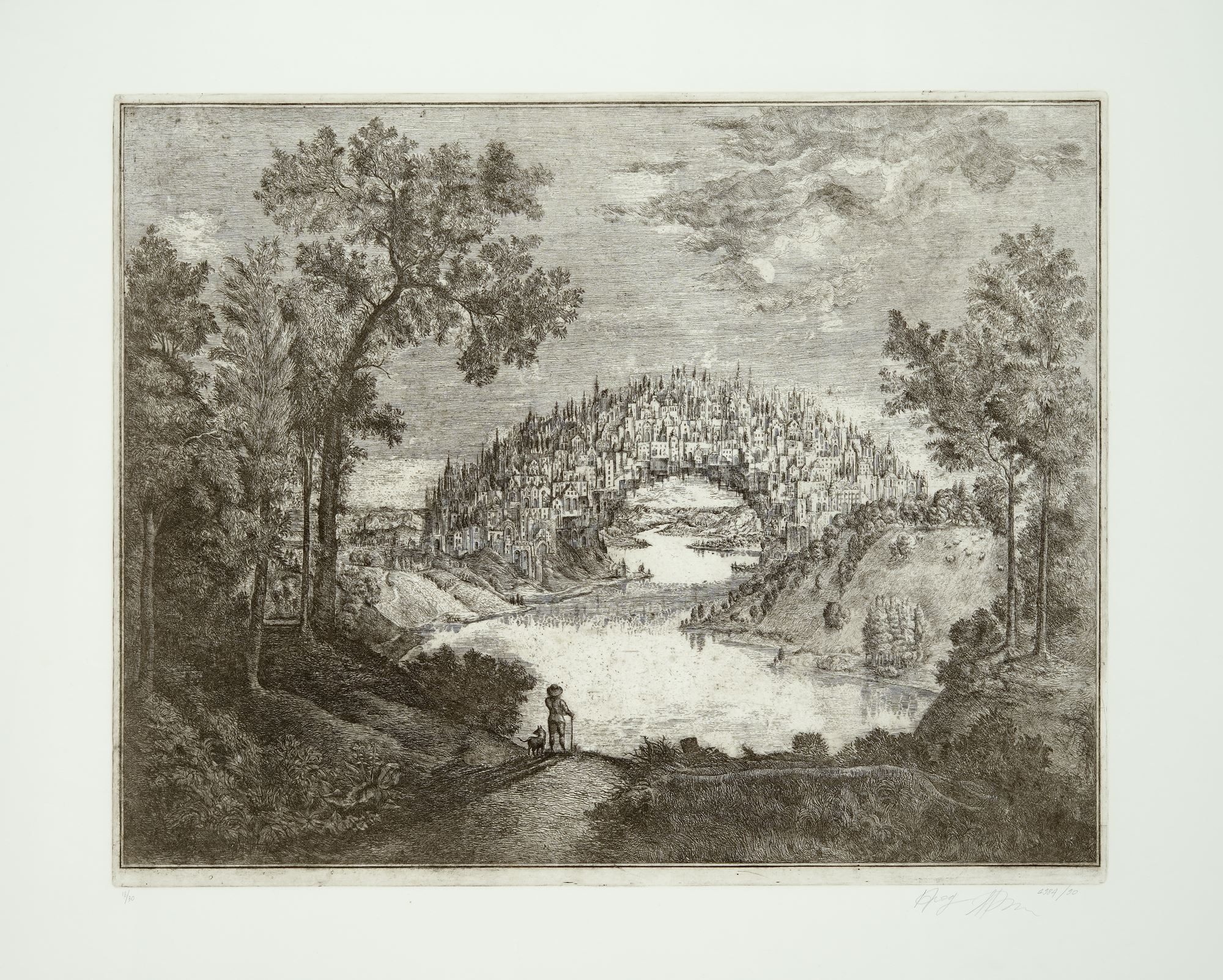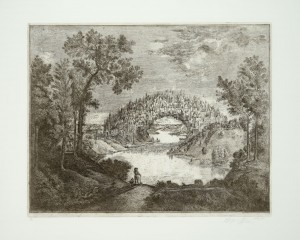Visual Arts
Grade 1
6: Around the World with a Glass Slipper
5 45-minute lessons
printmaking
How can I collaborate with my classmates to create artwork?
What are the similarities and differences between cities in artwork and around the world?
I can tell the difference between old and new buildings.
I can make a printing plate.
I can work in a group.
I can make more than one print with ink.
I can tell you what a brayer and a printing plate are used for.

